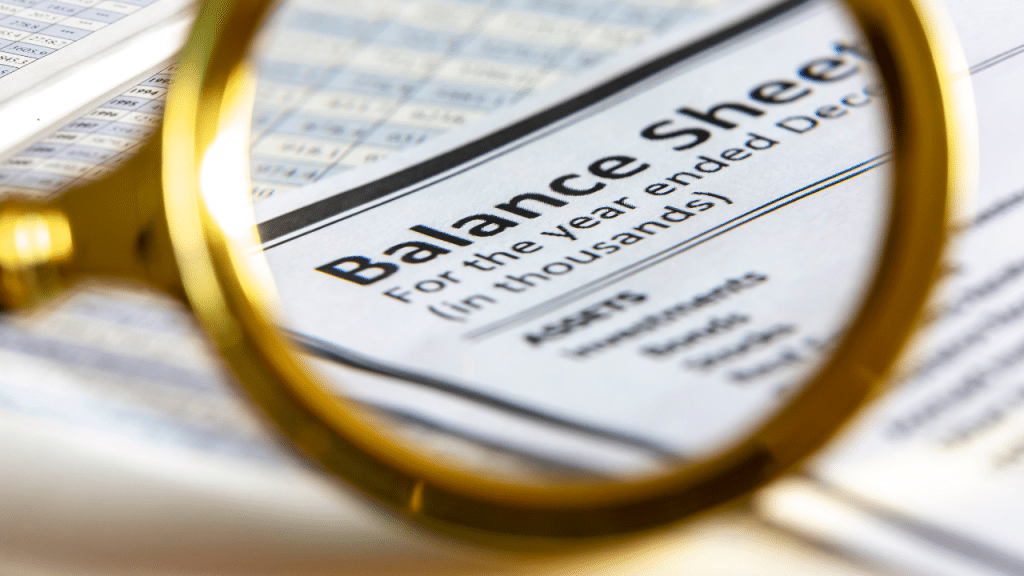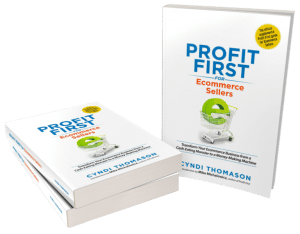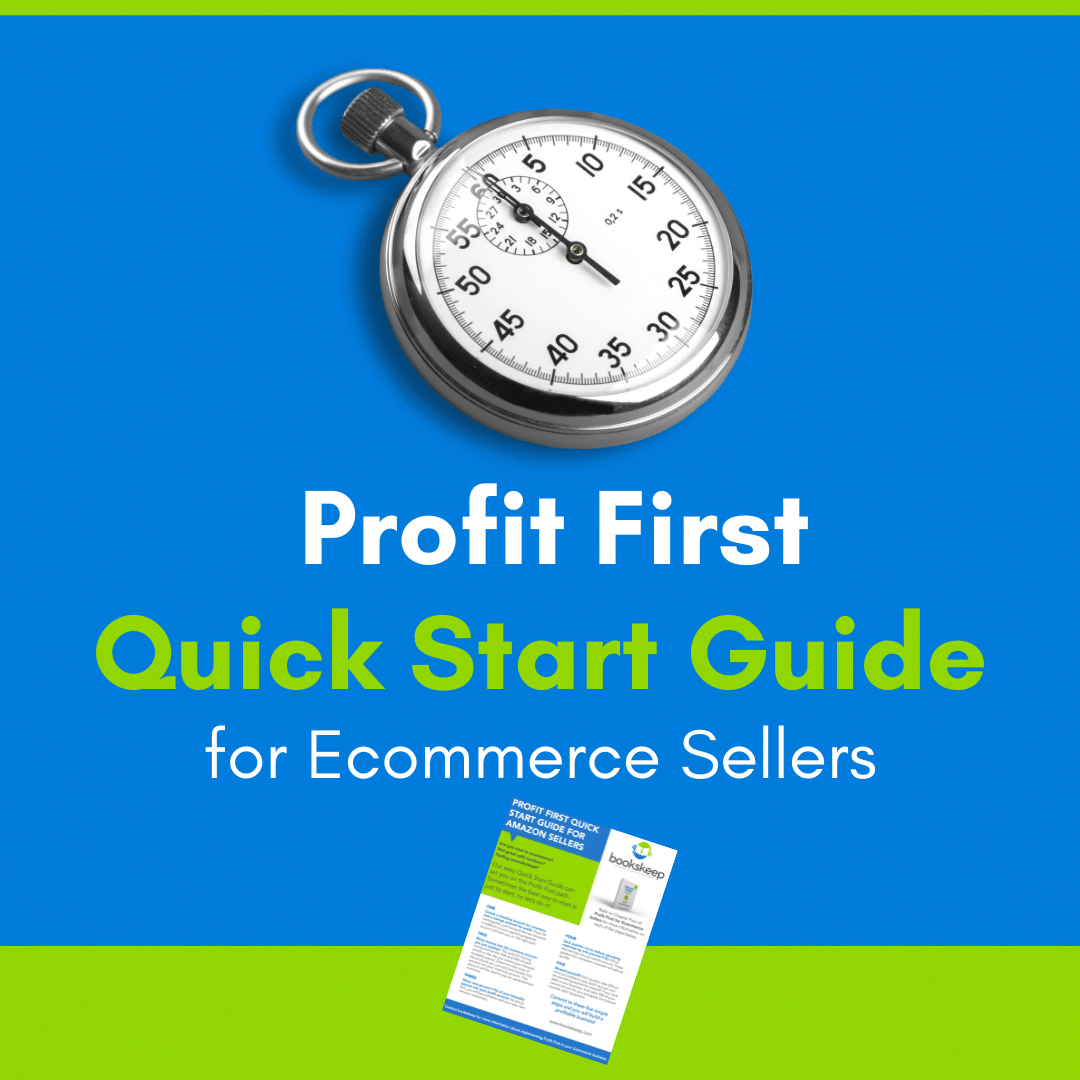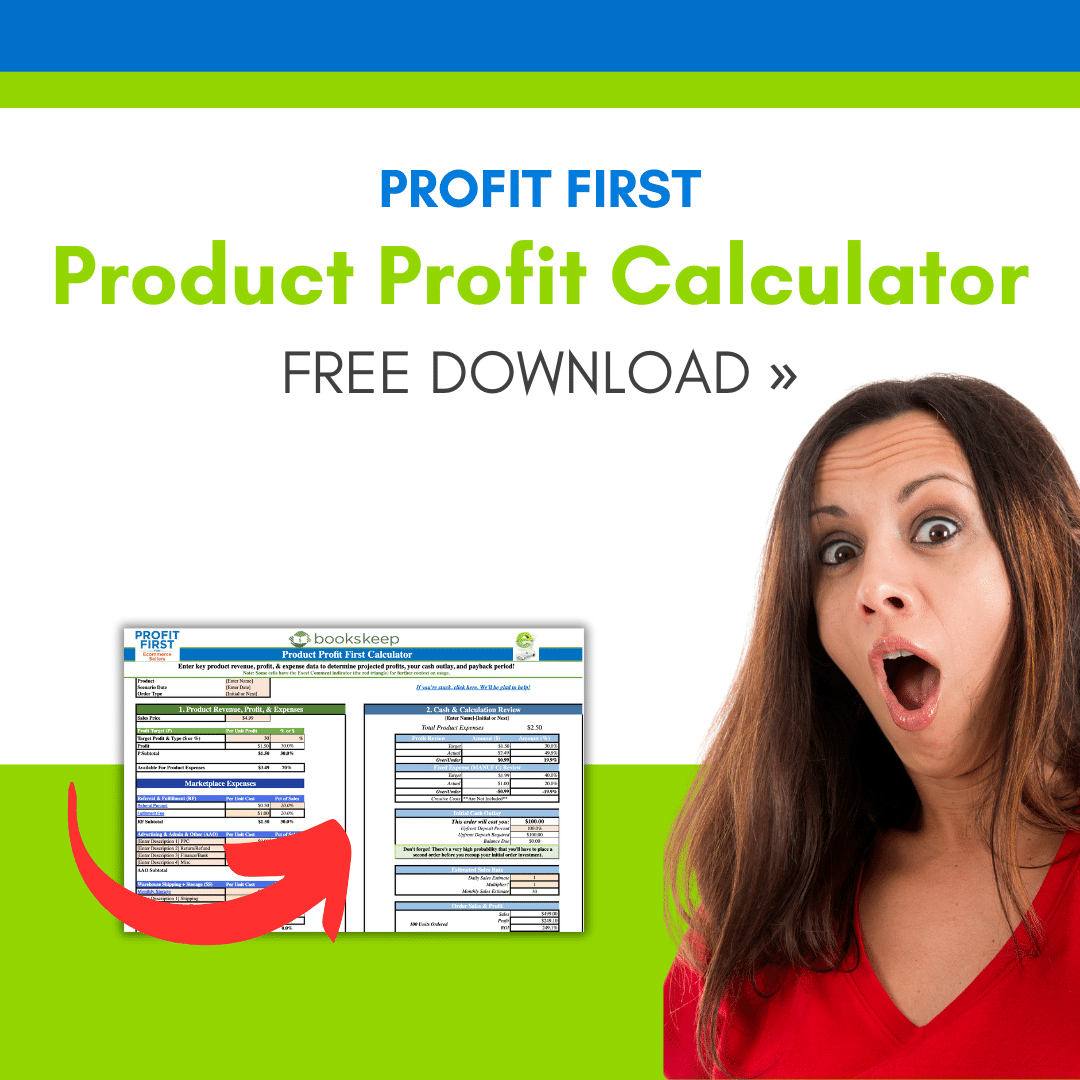
In our third video blog of our financial statement webinar series, we are discussing the Balance Sheet. This statement holds a lot of valuable information about your business from its inception, so understanding it is a crucial piece to success.
What to Review on Your Balance Sheet
Let’s dive into the Balance Sheet and the important numbers to look at on this statement.
This week’s video will cover:
Cash
Cash is considered an asset on your balance sheet, represented by your bank accounts. When implementing Profit First, which I highly recommend, your balance sheet reflects the balances in the various bank accounts designated for different purposes in your business. This approach provides instant visibility into your financial status. With Profit First, you gain a clearer understanding of your profitability without the need for extensive calculations. It offers valuable insights into your numbers.
Comparing the cash accounts section of your balance sheet from last year to the current year can reveal growth, offering more accurate information about your actual progress compared to the information provided by your profit and loss statement alone. However, it is important to delve into the liabilities section of the balance sheet to fully comprehend the source of that cash growth. If the increase in cash is due to borrowed funds, it does not result from sales growth or profitability. The asset and liabilities sections of the balance sheet are crucial in piecing together the complete financial picture.
Inventory
Inventory is also shown as an asset of your balance sheet. Again, you’ll want to compare this year to last year to see how the numbers differ. Whether they are significantly up or down, you need to dig into the history and determine what happened. Was it a deliberate decision to increase or decrease your inventory this past year? Were there issues in getting your products delivered? Understanding the issues here will help to understand your inventory numbers and how they play into the rest of the story.
Liabilities
The liabilities section of your balance sheet is crucial for assessing your debt management. It encompasses outstanding loans, credit card balances, and unpaid accounts for inventory, among other things. When examining this section, you’re searching for anomalies or trends that provide insights into your financial well-being.
For instance, it reveals how effectively you handle credit card usage during the month. Are you maintaining control over balances, or are they consistently increasing? Steady growth in credit card balances suggests an inability to pay them off monthly. If this situation arises, it indicates insufficient cash generation in the business, leading to reliance on credit card debt. Relying on credit cards as a primary source of financing is not ideal for business operations.
Therefore, monitoring the liabilities section allows you to assess your debt management practices and make necessary adjustments for better financial stability.
Equity
The bottom section of your balance sheet is where you’re going to see the equity part of the business. This is the scorecard from the day you opened your business until now. Everything that’s happened over time ultimately ends up on the balance sheet and we can see the results in our bottom couple of numbers. Retained earnings is over the life of the business. Owner’s equity is typically if you’ve put some money into the business to start. The rolling 12 months report will help you see trends.
Other Important Numbers
By looking at it month by month, you can see if something happened and ask yourself if it’s right. Can you do it again? That kind of thing. You’re looking for things in each section that are anomalies, things that are spikes or trends, something to help you understand how things are going.
To get the full content of today’s topics, along with visual examples of these crucial sections of the balance sheet and how to read them, click to view Part 3 of our video blog series, What to Review on Your Balance Sheet. In next week’s video, we will discuss one of bookskeep’s newest client services, SmartStatements. I can’t wait to tell you about it!
Interested in Profit First?

You can also sign up for the Profit First for Ecommerce Sellers Online Course. As a Mastery Level, Certified Profit First Professional, I will teach you why Profit First works so well for ecommerce businesses and the particular challenges for businesses that have physical products requiring inventory management. You will learn how your behavior drives your money management habits for your business and how you can set up your business bank accounts to work with your habits.
Check out all our ecommerce accounting and profit advising services here!




Leave a Comment